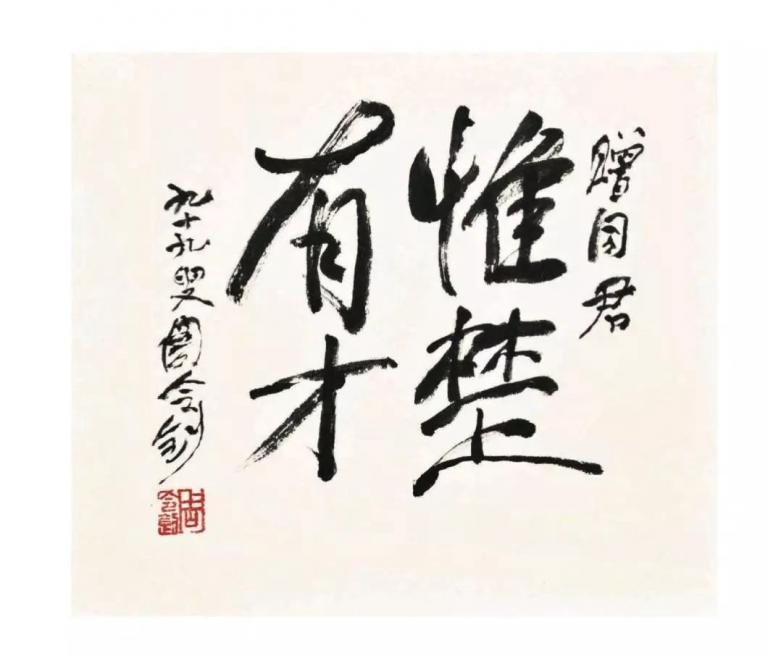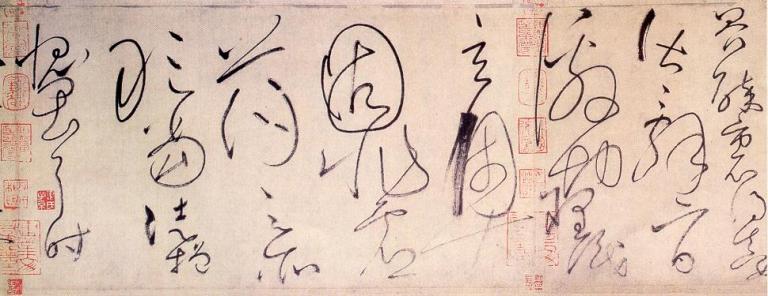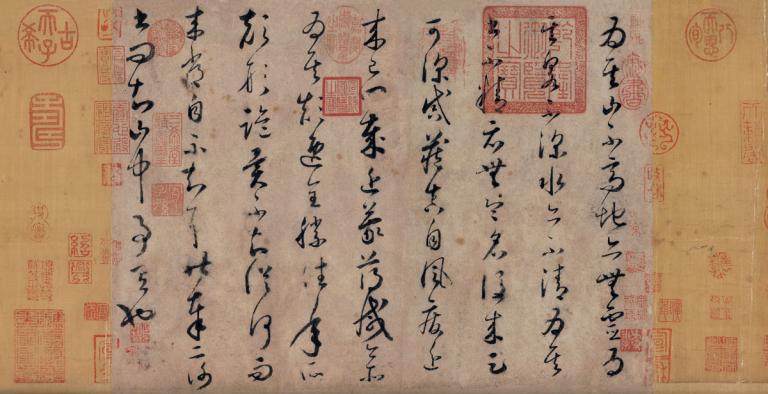Zhong Yao: Innovator of Calligraphy
3 min readRegular script and semi-cursive script had already germinated and received improvements in the later Eastern Han dynasty, yet they were not put into daily use until the Three Kingdoms period and the Western Jin and Eastern Jin dynasties. The bamboo slips and paper remains unearthed in modern times, for instance, the bamboo- slip-book of the Wu Kingdom, unearthed in Zoumalou, Changsha, Hunan province, and the paper remains of the Wei, Jin and the Sixteen States period, unearthed in Loulan, Xinjiang, both reflected the development of regular script and semi-cursive script at that time.

Typical strokes and structures of the two scripts had already been formed. In the Wei kingdom period, Zhong Yao was a representative among the calligraphers who paid attention to the two new scripts early on. Zhong Yao (151-230), courtesy name (zi) Yuanchang, was from Changshe, Yingchuan (now Changge, Henan). Zhong Yao was able to write in many sorts of scripts, among which his clerical script and regular script were the most proficient. Zhong Yao and Hu Zhao had both learned from Liu Desheng, who had begun to study regular script and semi-cursive script daily used by the folk since the late Han dynasty. And Zhong Yao was the one who made breakthroughs and innovations in developing the art of calligraphy. In calligraphy history, Zhong Yao’s’ works, especially his regular script,had exerted great influence upon the later generations. He was thought highly as the originator of regular script and was named together with Wang Xizhi as “Zhong and Wang” in the Eastern Jin dynasty. As recorded in book of the Southern Dynasties, one of Zhong’s books was collected by Wang Dao at the end of the Western Jin dynasty.
In chaos caused by war, he hid the book in his clothes and fled to the south. Later he passed the calligraphi technique to Lady Wei who passed it to Wang Xizhi, Wang Xianzhi and Yang Xin successively. More than 20 people had benefited from his calligraphic technique and all had become great calligraphers. It is obvious that the influence of Zhong Yao had already outweighed that of Wang Xizhi in terms of regular script at that time. Besides, children from rich families all considered the writing technique of Zhong as the criterion when studying calligraphy. Later calligraphers such as Zhang Xu, Huai Su, Yan Zhenqing and Huang Tingjian all absorbed the essence of Zhong’s calligraphy before they created calligraphy style of their own. Among Zhong Yao’s works handed down from ancient times, only two of them are authentic in style.
One is the memorial to the throne of Emperor Wendi, which was written in the second year of in 221 It had been collected successively by court and folk connoisseurs of the Tang, Song and Qing dynasties. Unfortunately, the memorial was plundered by a British marine during the invasion of the Eight-Power Allied Forces; then it was bought back at very high price by Huo Qiu and Pei Jingfu. But it was stolen unexpectedly later. The thief, afraid of being discovered. buried the work in the ground. Thereafter nobody knows where it has been. The script we see today is photo-offset- copy. Although it is written in small regular script the strokes and ways of writing comes clearly into view.

The calligraphy, with square form and curved turnings, is steady, slightly flat, and well-structured. It is highly valued by late generations as “masterpiece from heaven” or “best calligraphy in China”. In addition, the regular script and semi-cursive script of Zhong Yao had also influenced official daily handwritings during the Wei and Jin period. At that time, Sun Xunxu, the grandson of Zhong Yao and the director of the Imperial Library, made Zhong Yao and Hu Zhao’s regular script and semi-cursive script the model of official’s handwriting.
Naturally all officials’ handwriting at that time adopted the calligraphic style of Zhong and Hu, which consequently influenced the handwriting of the lower class. In word, Zhong Yao played a very important role in the history of Chinese calligraphy as well as in the forming, development, and transformation of Chinese characters.









